Local authorities are turning to LED lighting systems to combat rising energy costs, according to a new report on ‘street furniture.’
Street furniture is the term given to objects installed along streets and covers a vast range of sectors including healthcare, transport, residential developments, retail, restaurants, bars, sports and leisure.
But a report by AMA Research has found that local authorities dominate the sector, accounting for over 75% of total spending on street furniture.
A lot of this spending goes towards street lighting and it’s predicted this will increase as local authorities move to replace outdated lighting systems with more energy efficient LEDs.
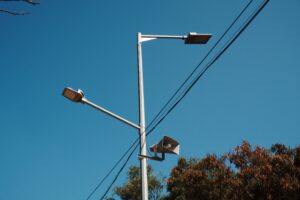
Editor of the Street Furniture and Lighting Market Report UK 2022-2026 and Head of Content at AMA Research, Abdul Tantouch, said: ‘With energy costs for non-energy efficient lighting increasing rapidly, more local authorities have been adopting options such as LED systems. These typically offer 100,000 hours of light, compared with 15,000 for traditional bulbs such as sodium and it has been suggested that local authorities could cut their energy expenditure by around £100m per annum by switching to LED street lights. As well as being more energy efficient, these new products also have longer lifespans and therefore will require a lower long term spend on replacements and maintenance.’
Maintenance of older street lighting accounts for a significant share of the market, with 50-55% of spending going towards maintenance in 2021 and 45% accounting for new projects.
The street furniture and lighting sector has been under pressure due to the pandemic causing hold ups with construction activity in 2020, leading to a fall in prices of LED’s.
In related news, LED streetlights reduce insect populations by 50%, according to researchers at the University of Newcastle.
Photo by Thiru N











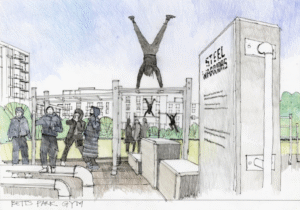
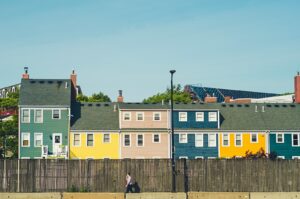
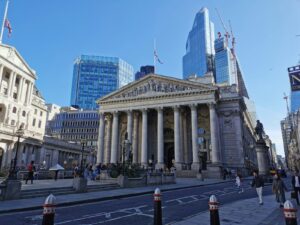
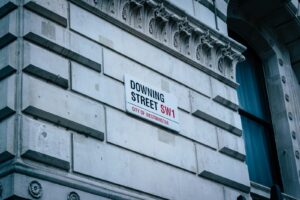


Leave a Reply